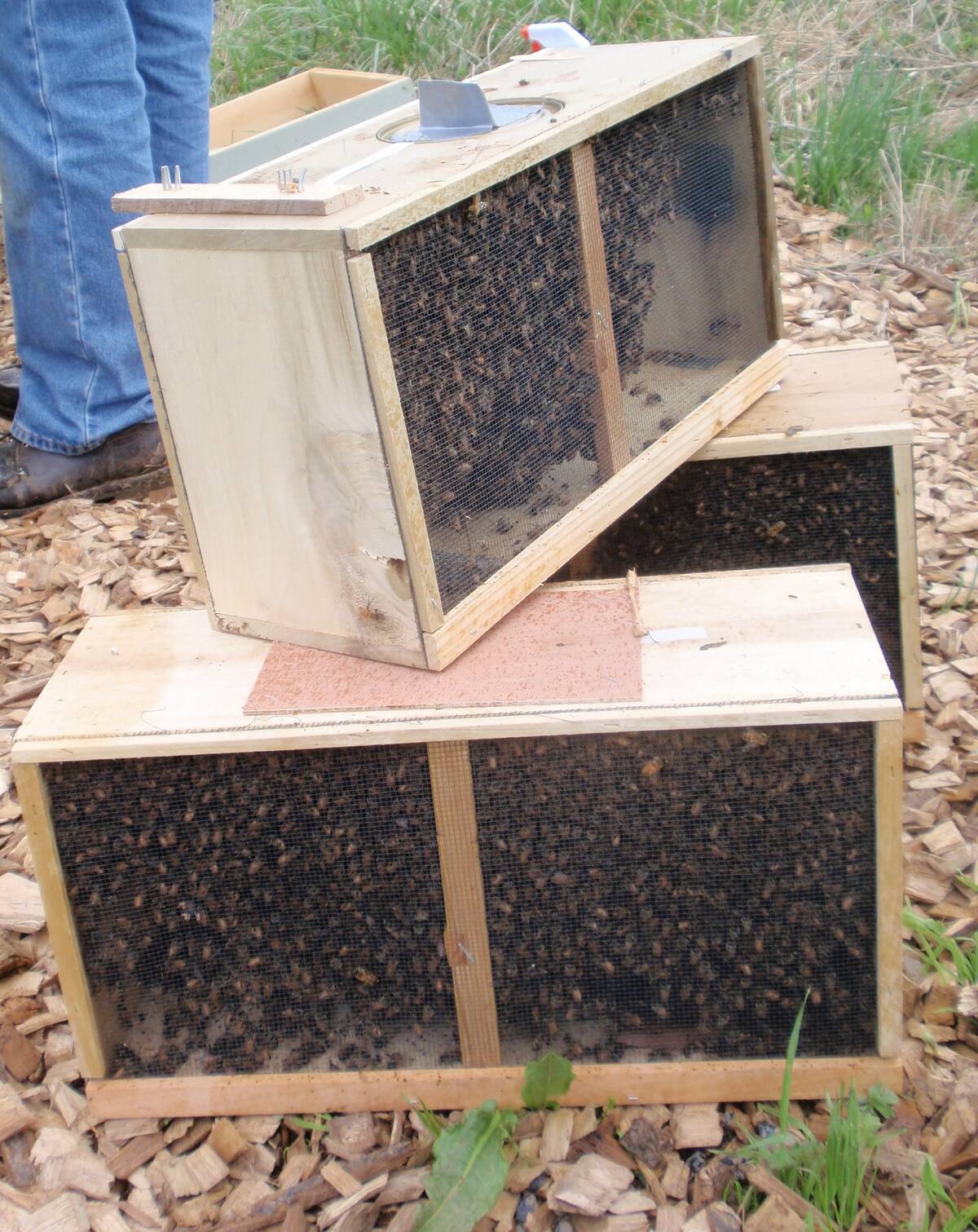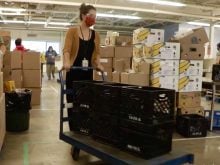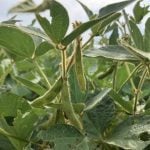High-stability canola oil is gaining market share in food services and food manufacturing, but the soybean industry is fighting back.
In 2010 the United States Department of Agriculture granted Monsanto’s new Vistive Gold soybean “Generally Recognized as Safe” (GRAS) status. Now companies can test Vistive Gold’s high-oleic oil in food, a prerequisite to commercialization.
And Pioneer Hi-Bred has a soybean that produces high-oleic oil called Plenish, it soon hopes to commercialize.
But Van Ripley, Dow AgroSciences’ global breeding leader for canola, isn’t rattled.
Read Also

Canadian beekeepers call for regulatory accountability
Beekeepers say the Canadian Food Inspection Agency should restore packaged U.S. bee shipments, claiming the agency isn’t following evidence.
“Canola has always existed in an environment with two 500- pound gorillas and that’s palm oil and soybean oil,” he says. “So we’ve always existed under those conditions and we’ve always been innovative. We’ve had a way to demonstrate to our customers that we can bring extra value and I think there’s a good future for canola as long as we can continue to do that.”
Canola has two huge advantages over soybeans – higher oil content versus meal and a lower level of saturated fat, which makes for a healthier oil, says Mark Woloshyn, Dow AgroSciences, brand leader for Nexera canola.
“We are on the radar and we know that and that’s why we’re up to the test to continue to bring in innovation into this market for western Canadian canola growers,” he says.
So far high-stability soybean oil hasn’t gained much traction because it doesn’t appear to meet users’ needs, says Tyler Groeneveld, Dow AgroSciences’ market manager for omega-9 canola oil. Even if functionality improves there are questions about whether the oil will be consistent across all the different growing areas in the United States.
“The soybean (crushing) plants in the U.S. are massive,” he says. “How do you shut them down for a few days when doing an identity preservation run? Very, very difficult. The economics will be difficult. It will be a good product, but there are a lot of questions to answer before they are going to be proven.” [email protected]
———
Canolahasalways existedinan
environmentwithtwo 500-poundgorillas andthat’spalmoil andsoybeanoil.I don’tseethatit’sany differenttodaythan ithasbeenforthe last20yearsreally.”
– Van Ripley















